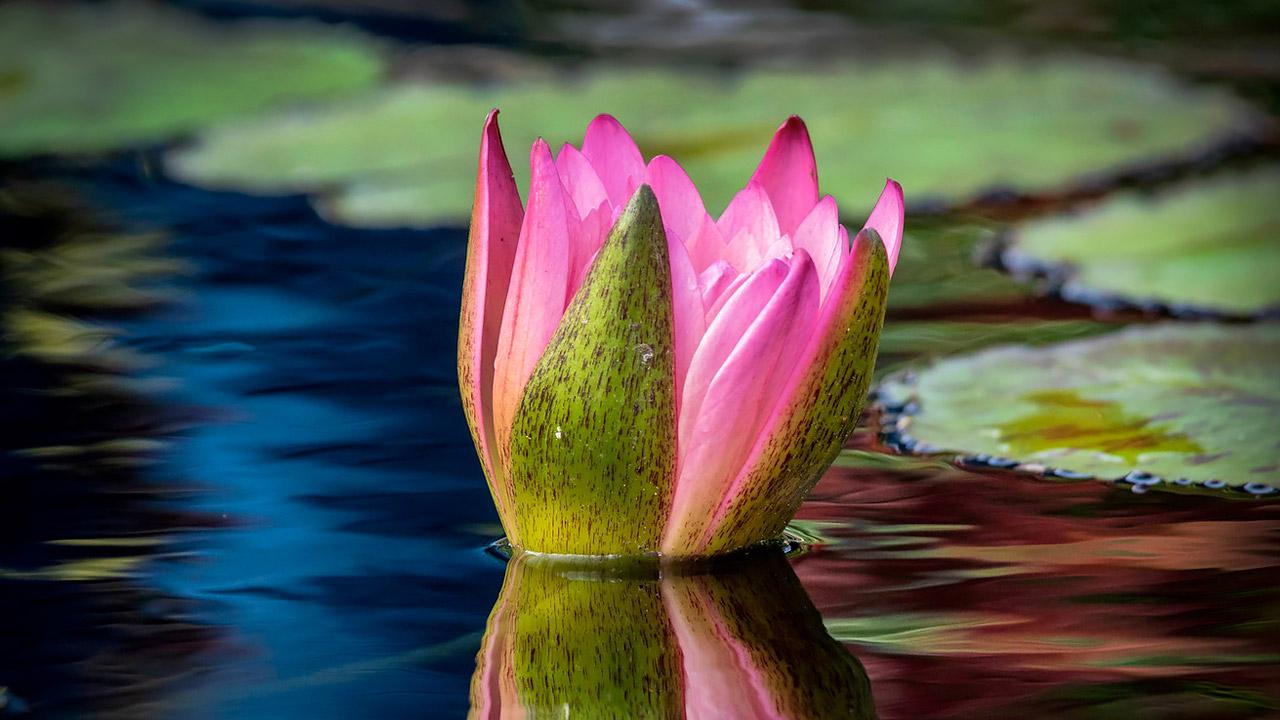The Chicago Botanic Garden is a world-renowned living museum and so much more. Our roots grow throughout the greater Chicago area and beyond, inspiring people to connect with plants whether through science, urban agriculture, lifelong learning opportunities or the beauty of horticulture. The Garden is a nonprofit organization run as a public/private partnership with the Forest Preserves of Cook County. We cultivate the power of plants to sustain and enrich life.
History
The Chicago Botanic Garden traces its origins back to the Chicago Horticultural Society, founded in 1890. Using the motto Urbs in Horto, meaning "city in a garden," the Society hosted nationally recognized flower and horticultural shows; its third was the World's Columbian Exposition Chrysanthemum Show, held in conjunction with the world's fair in October 1893.
After a period of inactivity, the Chicago Horticultural Society was restarted in 1943. In 1962, its modern history began when the Society agreed to help create and manage a new public garden. With the groundbreaking for the Chicago Botanic Garden in 1965 and its opening in 1972, the Society created a permanent site on which to carry out its mission. The Garden today is a successful public-private partnership. It is owned by the Forest Preserve District of Cook County and operated by the Chicago Horticultural Society.
Architecture
From its founding, the Garden has hired leading architects, beginning with John O. Simonds and Geoffrey Rausch, who created the master plan. Edward Larabee Barnes designed the Education Center in 1976, known today as the Regenstein Center. The Japanese Garden, Sansho-En, was designed by Dr. Koichi Kawana in 1975 and dedicated in 1982 (today it is the Elizabeth Hubert Malott Japanese Garden). Dedicated in 1991, the English Walled Garden was designed by British landscape designer John Brookes (today it is the Helen and Richard Thomas English Walled Garden). The Plant Science Center, which opened in 2009, was the work of designer/architect Booth Hansen. Throughout its existence, the Chicago Botanic Garden has developed gardens and educational facilities with a meticulous eye toward its original mission.

